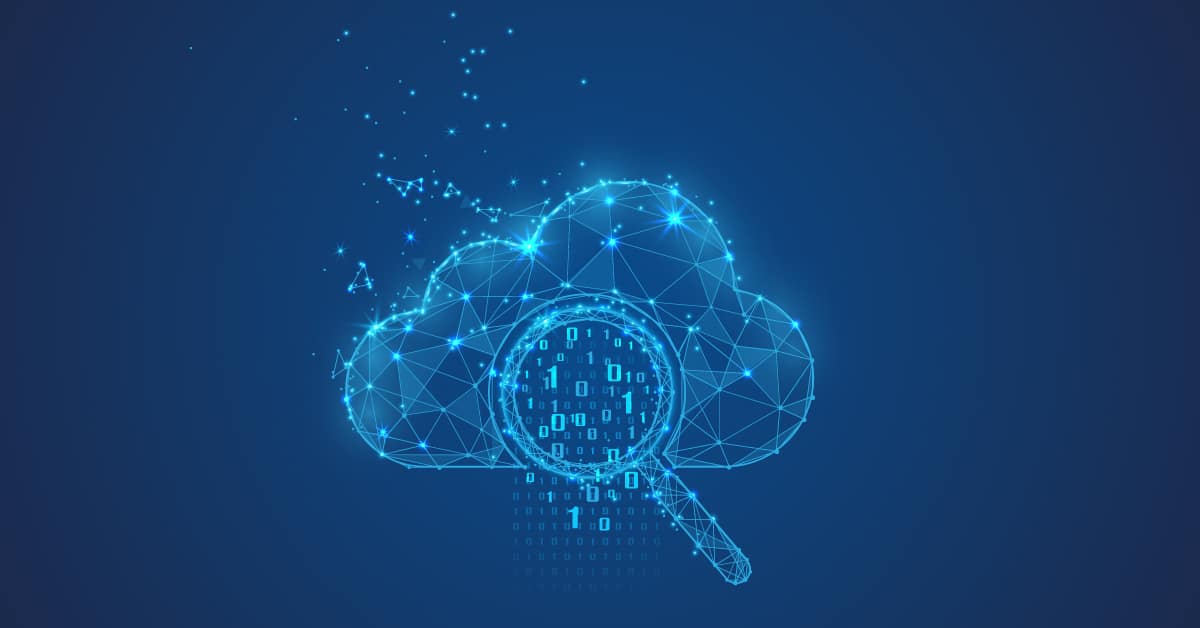There are many solutions out there to help organizations manage cloud infrastructure and applications securely. But when everything looks like alphabet soup, how can you know whether CIEM (Cloud Infrastructure Entitlement Management) or CPAM (Cloud Privileged Access Management) will solve all of your use cases?
It can be tough to differentiate between technologies and decide on the right solution for your organization. In this article, we break down the facts and help you navigate the various options to choose the best fit for your business needs.
What Is Cloud Infrastructure Entitlement Management (CIEM)?
CIEM is part of an emerging new solution area in Cloud Security recently added in Gartner’s 2020 Cloud Security Hype Cycle. According to Gartner, Cloud Infrastructure Entitlement Management (CIEM) is a specialized identity-centric SaaS solution that focuses on managing cloud access risk using time-limited access controls. Leveraging analytics and machine learning to detect anomalies, CIEM manages entitlements and data governance in hybrid and multi-cloud IaaS architectures. This is because access and identities in the cloud are too complex to effectively control at scale manually. CIEM streamlines the implementation of least privilege access controls in highly-dynamic organizational IT environments.
CIEM – When and Where?
CIEM is vital to managing complex and dynamic cloud environments, focusing on IaaS (Infrastructure as a Service) and PaaS (Platform as a Service) when overseeing and managing numerous permissions. Using fine-grained access control, CIEM can integrate the visibility and governance from IGA solutions with the cloud to manage entitlements consistently.
By its very nature, the cloud is different from the traditional on-premises data center. The cloud is dynamic and ephemeral, where resources do not persist. Instead, resources are created and destroyed as needed. While this environment is fantastic for dynamic workloads, it presents management and oversight challenges. CIEM is designed for these changes and enforces the proper use of permissions by applying the principle of least privilege.
CIEM Benefits
CIEM protects data and prevents overly permissive and unintended usage. By reducing over-permissioned and orphaned accounts, CIEM tools work to prevent data breaches. What makes it different from other forms of data protection? It simplifies complex processes through automation. Automation handles scaling in the cloud by utilizing policies that ensure the right access is granted — while removing unnecessary access. This increases operational efficiency and creates a log trail, making it easier to verify compliance and provide evidence for audits.
Increased Visibility
The CIEM discovery process is part of its lifecycle for uncovering the unique human and machine entities that can access your cloud ecosystem. It determines risk by analyzing user behaviors and resource access across the cloud ecosystem. In combination with how access policies are implemented, this contextual identity information allows it to calculate risk and enforce least privilege. The discovery process continues throughout the lifecycle to ensure new identities are incorporated as they emerge.
Efficient Automation
CIEM leverages automation to set fine-grained permissions across cloud assets. Instead of manually setting and configuring access and permission every time a new asset or workload is created, CIEM automatically pushes policy configurations. Completing this type of granular configuration by hand is tedious — and prone to errors and oversights. Manual configuration runs the risk of leaving assets open or non-configured, creating openings for attack. By leveraging automation, consistency is ensured no matter how quickly assets scale up, or get removed.









